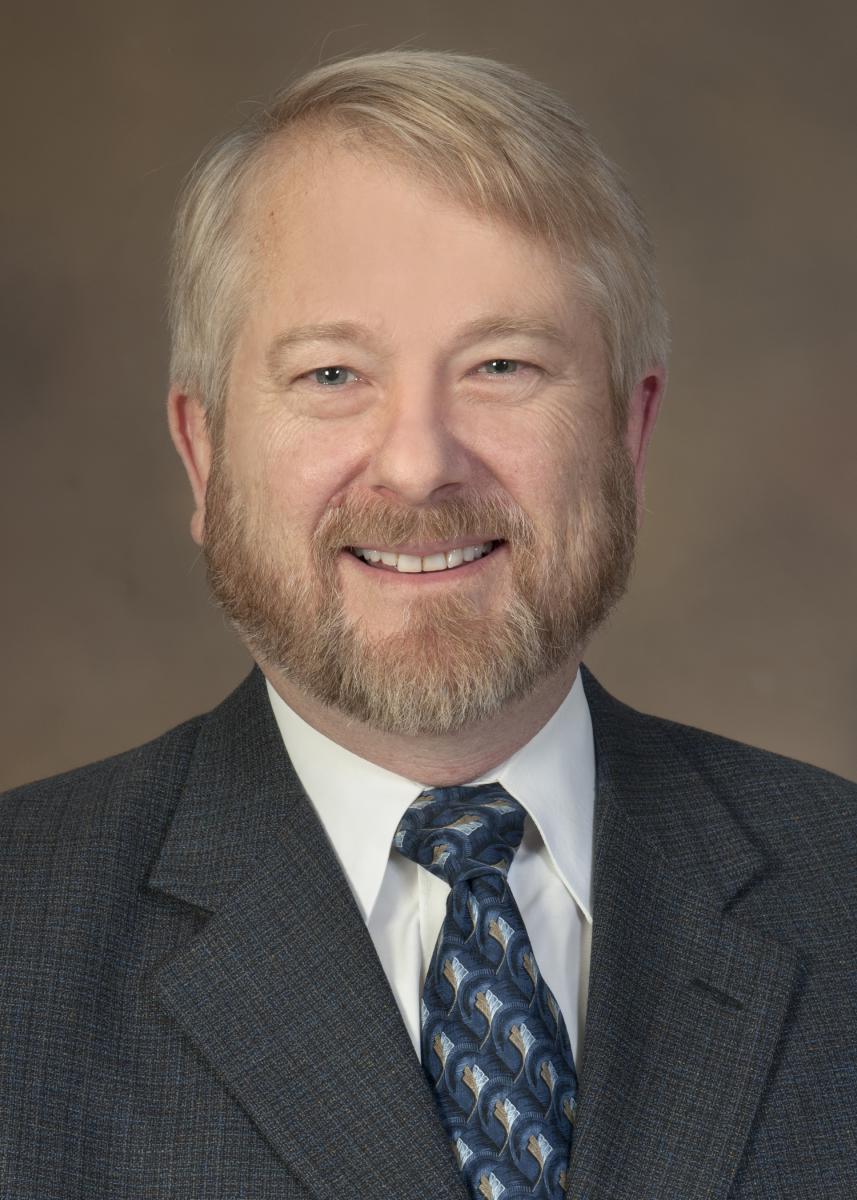Public Health Policy Professor Discusses Expanding Medical Education Through Teaching Health Centers
 |
| Daniel Derksen, M.D. |
During his year in Washington, D.C. as a Robert Wood Johnson Health Policy Fellow, Daniel Derksen, M.D., a professor of public health policy and management at the University of Arizona’s Mel and Enid Zuckerman College of Public Health, researched and drafted the Affordable Care Act’s Title V, Sec. 5508 Increasing Teaching Capacity provision.
Dr. Derksen discusses a model of expanding graduate medical education through Teaching Health Centers: A Proven Solution for Primary Care Workforce Needs, in the current issue of Academic Medicine. He addresses a key question for 2014 as millions gain coverage through the ACA: Will the newly insured have access to quality health care?
While the number of residency slots in the U.S. increased 13.6% over the last 10 years in spite of the cap on federally funded positions, 6.3% fewer medical school graduates chose primary care residencies. Derksen notes that teaching health centers complement the outstanding training in urban teaching hospitals with interprofessional health professions training in outpatient, rural, and primary care settings. Targeted residency expansion – to include interprofessional training with nursing, dental, and others – by expanding and permanently funding this community-based training infrastructure – will move the health professions training pipeline to areas of need.
Derksen recommends that states opting to expand Medicaid, align the almost $4 billion a year in Medicaid graduate medical education funding to assure a health workforce to provide accessible, high quality health care through innovations like teaching health centers.

